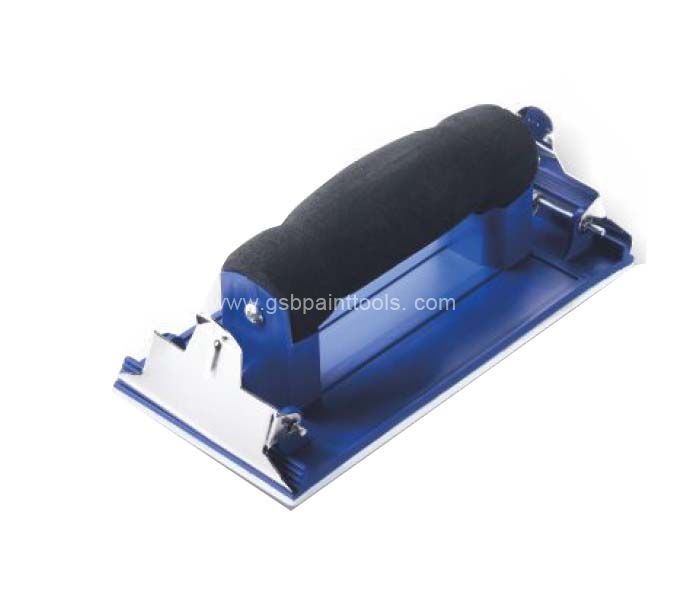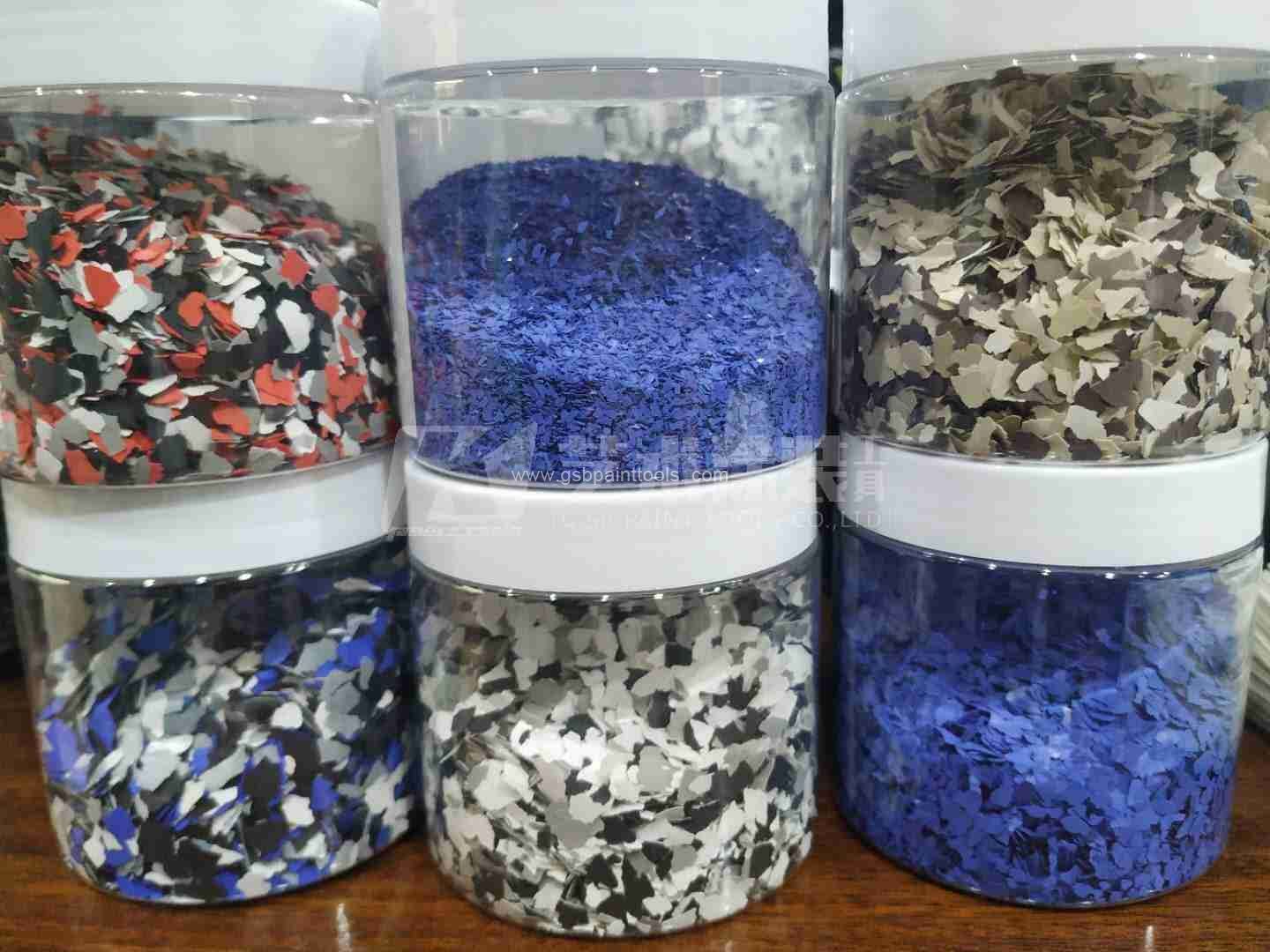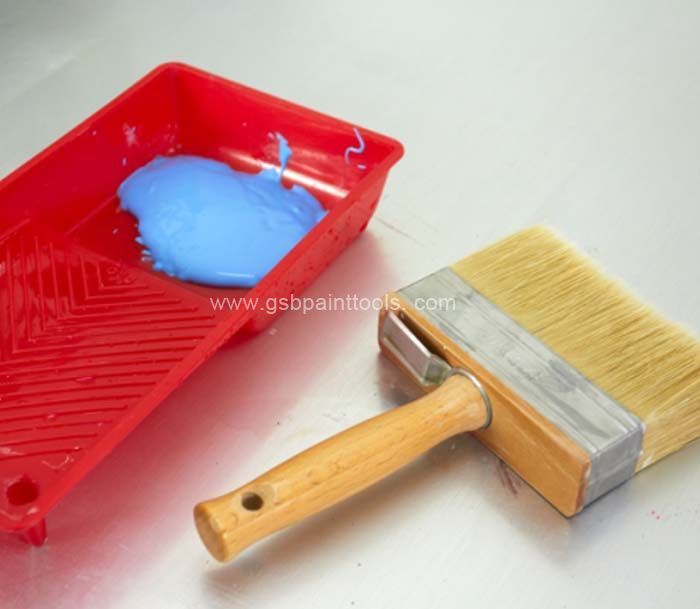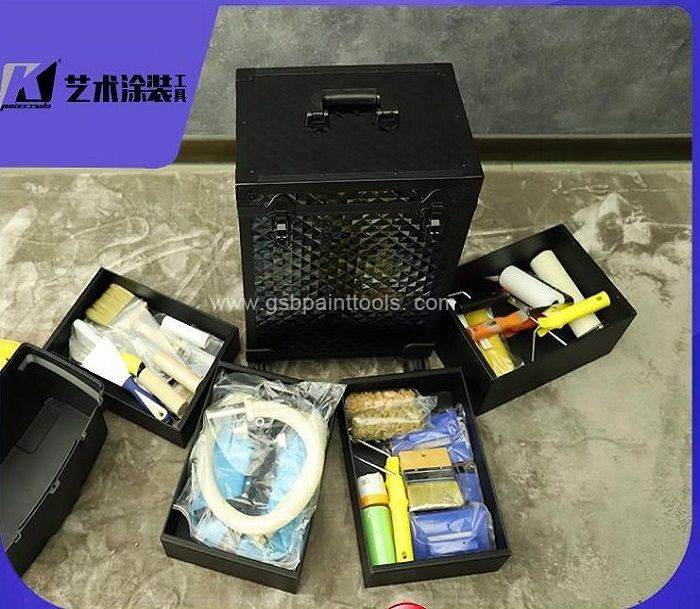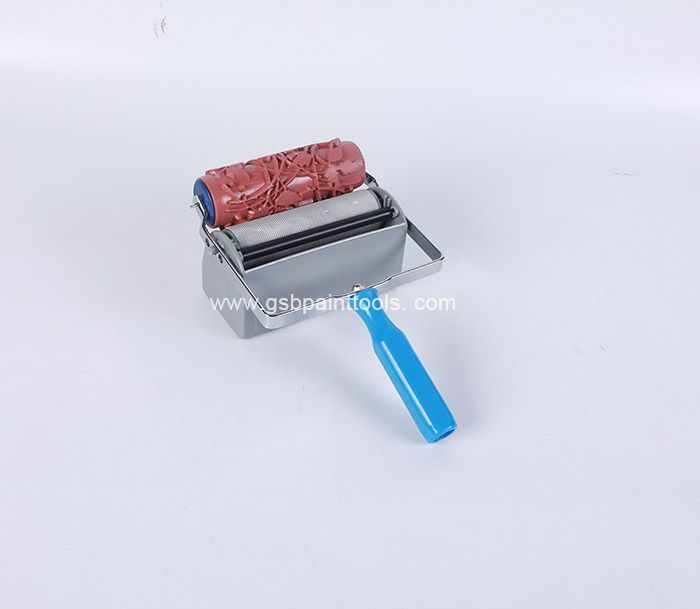Features:
Hand Sander with Handle for Wood, Drywall and Walls GS-7150F
Product Description
Hand Sander GS-7150F offer a brand new way to finish your handmade masterpiece!
Think about it, people sanding flat surface with nothing, the stress come from your hand can’t disperse equally, the stress from palm is bigger than fingers’ basically, and the stress of palm works on a little surface while fingers’ works on a point. It costs a lot of time and got a result not what you looking for.
Our Hand Sander solved these problem for you. When you using this hand sander, the force from your hand disperse averagely. Thinks for the comfortable sponge hand grip and the lightweight itself, you can finish your task in shorter time without worry about hurt your fingers like use to be.
Comfortable Handle: Hand sander for drywall adopts ergonomic handle design. Sponge pad is made of super soft sponge for non-slip comfort in hand.
Durable & Firm: Sandpaper holder tool has two metal clips on either side. This is good for changing the sandpaper and clamping the sandpaper securely to the surface.
Wide Application: Hand sander block manual tool is great for wood, wall, metal, wood furniture polishing, hand sanding drywall, etc.
Comfortable Handle: Hand sander for drywall adopts ergonomic handle design. Sponge pad is made of super soft sponge for non-slip comfort in hand.
Durable & Firm: Sandpaper holder tool has two metal clips on either side. This is good for changing the sandpaper and clamping the sandpaper securely to the surface.
Wide Application: Hand sander block manual tool is great for wood, wall, metal, wood furniture polishing, hand sanding drywall, etc.
Offer a brand new way to finish your handmade masterpiece
1: If you are a woodworker, you know all about sanding.
2: Think about it, people sanding flat surface with nothing, the stress come from your hand can't disperse equally, the stress from palm is bigger than fingers, basically It costs a lot of time and got a result not what you looking for.
3:We know that what you want is easy to use and durable.OuR Hand Sander solved these problem for you.
Comfortable Sponge Hand Grip
The handle is wrapped in foam, which is comfortable to hold, non-slip and anti-wear, it can make the work more smooth and fast without worry about hurt your fingers like use to be.
High Quality & Light Weight
Made of original ABS plastic material, lightweight,convenient for use, no need great effort.
Efficient Clamp Design
With a strong clamp, which is durable. Only need to clamp it after straightening the sandpaper.
High-strength Spring
High-strength spring, which can make sandpaper be clamped more powerful and more secures.And allows for flexibility to quickly change from die-cut or sandpaper.
Extra Soft Sponge
Extra soft sponge, which can make sandpaper, the polished bottom board and wall surface more closely fitted.
Make Sanding Easier
Great for manual sanding on drywall, wet wall, wood or metal surface. A good helper for you to decorate, renovate the wall and grinding.
Top Tips: How to Use a Manual Sanding Block step by step
Sanding is a simple way to elevate your woodworking projects from DIY to professional status. The process eliminates any splintered parts of the wood and evenly smooths the surface. Sanding can take a little work, but when you use the right tools, it's a manageable step.
Follow along as we walk you through sanding manually with a block. Although there are other methods, manual sanding is best suited for small projects that require only a little bit of sanding, such as smoothing a single piece of wood or touching up a larger project. For bigger jobs, we recommend renting a power sander, like an orbital sander, belt sander, or palm sander.
1. Choose Sandpaper:
Before you start sanding, pick the appropriate sandpaper grit for your project. Too-coarse sandpaper will scratch the project's surface, while too-fine sandpaper will make the job take longer than necessary. If the material is very rough, start with a coarse (40-60 grit) paper, then work up to a medium (80-120 grit) and eventually a fine (150-180 grit) paper. If your material is already in decent shape and you're trying to get an extra-smooth finish, start with a fine paper (150-180 grit) and work up to a very fine (220-240 grit) or extra fine (280-320 grit) paper.
2. Position Sandpaper:
Position the sanding block along the edge of the sandpaper. Trace around the sanding block, leaving a few extra inches so the paper can be clamped into place. Cut out the traced shape with a pair of scissors.
3. Attach Sandpaper:
If your model has them, loosen the clamps on the sanding block. Typically the clamps are small wing-nuts or knobs that you twist to loosen and tighten. Then insert the cut piece of sandpaper between the holders and retighten clamps until the paper is securely attached. Some sanding blocks use hook-and-loop adhesive to attach the sandpaper, making the process even easier.
4. Start Sanding:
Gripping the sanding block's handle, start pushing the sander forward on your material. Make sure that you are sanding with the wood's grain. If you sand against the grain, you'll nick and tear the wood, which defeats the point of sanding.
5. Switch Papers:
If needed, replace the original sandpaper with one of a finer grit. Repeat the above steps until the piece is sanded as desired. Wipe away saw dust with a tack cloth.
K Brand Sandpaper is an acrobatic tool, flexible enough to bend into crevices and around corners. But sanding also requires pressure, which can be hard to apply with just your fingers. A hand sander—often a simple handle attached to a flat surface where sandpaper is mounted—can make sanding jobs a fast and comfortable task.
First, the sander has a curved handle that’s comfortable to grasp, made of a lightweight foam that has some give to it. Second, it comes with G.SB's Pro Grade sandpaper, which uses technology found in industrial abrasives. It lasts much longer than standard paper and can be used wet or dry.
The hard plastic construction allows you to apply serious pressure for jobs that require extra elbow grease. Our sander works with any sandpaper as long as it’s cut to size. The paper tucks into the long sides of the tool; the design makes for a sturdy hold but doesn’t sacrifice ease. The size makes for quick work, but it can be somewhat unwieldy for smaller hands.
Some surfaces and edges are too small for you to use a standard-size sanding block on. The sander, with a sanding surface, can fill the gap. It fits in your fingertips, with indents for your index finger and thumb that improve grip and comfort.
Drywall finisher's best friend
Maye, this was far and away one of the best home improvement purchases I've made over the last year. I've had lots of drywall repairs to make in a new condo, and most of them were pretty small patches. I rather naively had assumed that some sandpaper and elbow grease is all one needs to take care of those. Using a hand sander for the first time is life changing, and this one is made very well. The ability to get a smooth finish over a large area, or even a small one, by applying even pressure helps tremendously.
The grip on the one is soft enough that you won't wear out your hand. And it accepts standard size pieces of either sandpaper or sanding screens. I found it to be a particularly effective took with sanding screens, even for sanding down layers made with the heavy weight joint compound that don't sand as easily. Some complained about the clips being too tight, but I found them to be perfect. They hold the paper or screen in place tightly.
Unless you're in the market for a hand sander with a drywall vacuum attachment (which is a pretty good idea if you do a lot of this messy work), this is definitely the hand sander for you.We have used cheaper sanders in our company but never last long paid the extra money as we use other G.SB products and they are built to last also feel great in the hand as a quality product.
None







